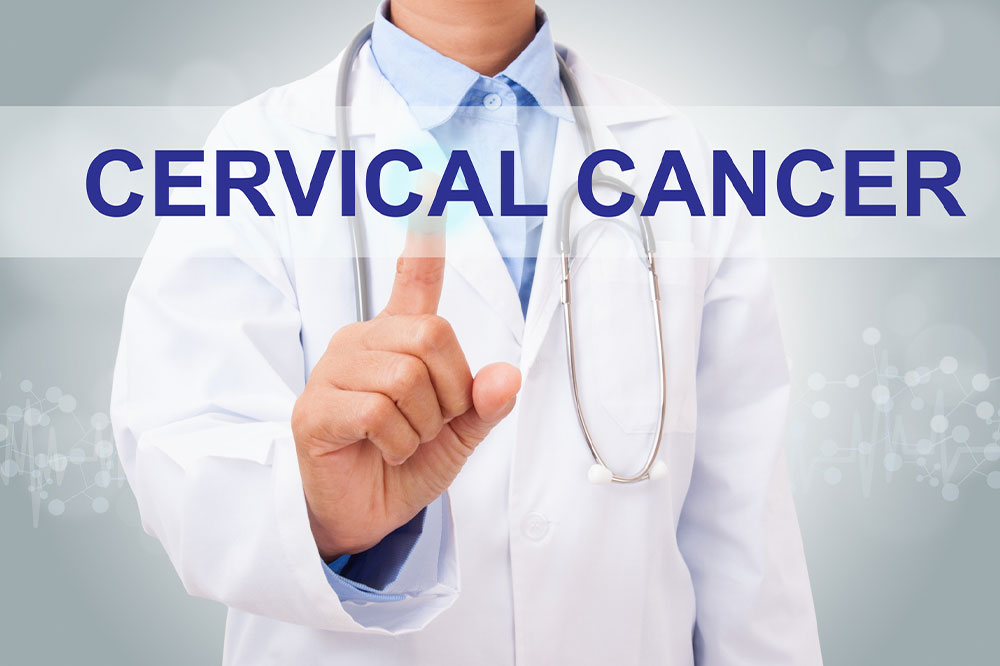Comprehensive Guide to Head and Neck Cancer: Key Risks, Prevention Strategies, and Expert Insights
This comprehensive article explores head and neck cancer, focusing on its risk factors, early warning signs, preventative measures, and modern treatment options. By understanding the importance of lifestyle changes, vaccination, and early detection, individuals can significantly reduce their risk and improve prognosis. The article emphasizes the significance of awareness and proactive health measures to combat this disease effectively, highlighting recent advancements in diagnosis and therapy. Suitable for patients, healthcare providers, and the general public, it aims to promote health literacy and timely medical intervention.

Head and neck cancer represents a complex group of cancers that develop in various regions within the head and neck area, including the oral cavity, pharynx, larynx, nasal cavity, and paranasal sinuses. These cancers can pose significant health challenges, impacting essential daily functions such as speaking, swallowing, and breathing, and often lead to discomfort, disfigurement, and emotional distress. Due to the variety of sites and types, the disease's presentation, prognosis, and treatment strategies can vary widely, making awareness and early intervention critical.
The study of head and neck cancer has garnered increasing attention owing to its rising incidence worldwide, particularly among certain high-risk populations. It is vital to understand the risk factors associated with these cancers, as well as explore effective prevention methods. This comprehensive guide aims to shed light on the key aspects of head and neck cancer, including its common causes, early warning signs, preventive measures, and the latest advancements in treatment options.
Understanding Head and Neck Cancer
Head and neck cancers are a diverse group of malignancies that originate in the tissues of the head and neck region. They account for approximately 4% of all cancers globally. The most common types include squamous cell carcinomas, which originate in the epithelial cells lining the mouth, throat, and voice box.
The primary sites affected by these cancers are the oral cavity (including the lips and tongue), the pharynx (throat), the larynx (voice box), the nasal cavity, and the paranasal sinuses. Although they share certain risk factors and treatment approaches, each site may have unique characteristics and patient outcomes.
Common Risk Factors for Head and Neck Cancer
Understanding the key risk factors is critical to prevention and early detection. Here are some of the most significant contributors:
Tobacco Use: Tobacco consumption, whether through smoking cigarettes, cigars, or using smokeless tobacco products, remains the leading risk factor. Carcinogens in tobacco damage the DNA of epithelial cells, significantly increasing cancer risk. Long-term smokers are particularly vulnerable, with risk escalating with prolonged exposure.
Excessive Alcohol Consumption: Heavy alcohol intake synergizes with tobacco use to further heighten the risk. Alcohol acts as an irritant and solvent, facilitating the penetration of carcinogens into the tissues of the mouth and throat. Chronic alcohol alcohol dependence is associated with higher incidences of these cancers.
Human Papillomavirus (HPV) Infection: Certain strains of HPV, especially HPV-16, have been linked to oropharyngeal cancers. HPV is a sexually transmitted infection that can alter cell DNA, leading to malignancies. Increasing prevalence of HPV-positive head and neck cancers highlights the importance of vaccination and safe sexual practices.
Poor Oral Hygiene and Oral Leucoplakia: Neglecting oral health, including infrequent brushing, flossing, and dental visits, can promote chronic inflammation and increase risk. Conditions like oral leucoplakia or erythroplakia, which involve abnormal patches in the mouth, can also progress to cancer if untreated.
Environmental Exposures: Prolonged exposure to hazardous substances such as asbestos, wood dust, or certain chemicals used in industries can contribute to head and neck cancers.
Other Factors: Age (particularly over 40), gender (men are more affected), and genetic predispositions also influence risk levels. A family history of head and neck cancers may indicate hereditary susceptibility.
Signs and Symptoms to Watch For
Early detection of head and neck cancer significantly improves prognosis. Recognizing warning signs can lead to prompt medical evaluation. Common symptoms include:
Persistent sore throat or hoarseness
Unexplained weight loss
Difficulty swallowing (dysphagia)
Persistent mouth or throat pain
Visible ulcers, lumps, or patches in the mouth or throat
Unilateral ear pain or hearing loss
Nasal congestion or bleeding if in nasal cavity
Change in voice or breathing difficulties
If these symptoms persist for more than two weeks, it is crucial to seek medical attention for proper diagnosis and treatment.
Preventive Measures and Lifestyle Changes
Prevention is paramount, as head and neck cancers are largely avoidable through lifestyle modifications and public health measures. Here are practical tips to reduce risk:
Cease Tobacco Use: Quitting smoking and other forms of tobacco consumption reduces the risk significantly. Support programs, counseling, nicotine replacement therapies, and medications can facilitate cessation.
Limit Alcohol Consumption: Reducing or abstaining from alcohol decreases the synergistic effect on cancer risk. Moderation and support groups can help maintain healthier drinking habits.
Get Vaccinated Against HPV: The HPV vaccine offers protection against the strains most associated with head and neck cancers. Vaccination is most effective when administered before exposure to the virus, ideally in adolescence.
Maintain Good Oral Hygiene: Regular brushing, flossing, and dental check-ups help prevent infections and chronic inflammation that can predispose to malignancy. Avoiding oral irritants and managing precancerous conditions is essential.
Protect Against Environmental Hazards: Use proper protective gear and follow safety guidelines when exposed to industrial chemicals or dust.
Adopt a Healthy Lifestyle: A balanced diet rich in fruits and vegetables, regular exercise, and avoiding excessive sun exposure (using sunscreen and protective clothing) support overall health and immunity.
Diagnostic Advances and Treatment Options
Advances in medical technology have improved the diagnosis and treatment of head and neck cancers. Diagnostic tools include endoscopy, imaging techniques like MRI, CT scans, PET scans, and biopsies. Molecular testing for HPV status also guides treatment planning.
Treatment often involves a combination of surgery, radiation therapy, chemotherapy, targeted therapy, and immunotherapy. The choice depends on the cancer’s location, stage, and patient health. Organ-preserving approaches are increasingly favored to improve quality of life.
Early-stage cancers may be curable with minimally invasive surgery or radiation, while advanced cancers might require more aggressive multimodal therapy. Rehabilitation post-treatment, including speech and swallowing therapy, is vital for recovery and quality of life.
The Importance of Follow-up and Support
Post-treatment surveillance ensures early detection of recurrence. Multidisciplinary care teams provide ongoing support for physical, emotional, and nutritional needs. Support groups and counseling are beneficial for patients and families coping with the emotional impact of diagnosis and treatment.
Conclusion
Understanding the risks, signs, and preventive measures associated with head and neck cancer is essential for reducing its incidence and improving patient outcomes. Public health initiatives promoting awareness, vaccination, and healthy lifestyles, combined with advances in medical technology, make early detection and effective treatment more accessible. If you experience persistent symptoms or belong to high-risk groups, timely consultation with healthcare professionals can save lives.





